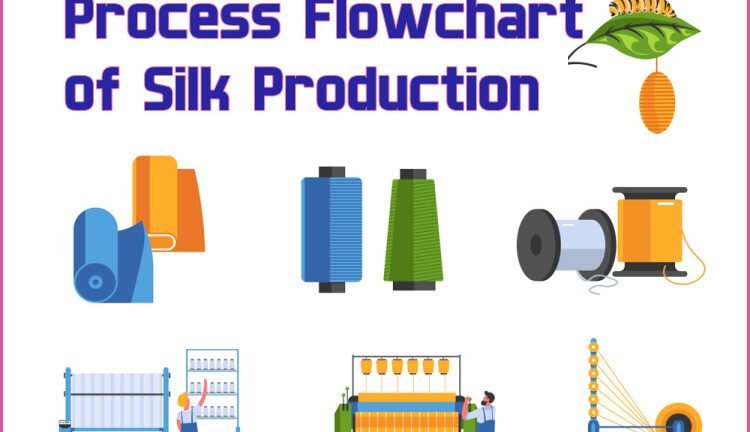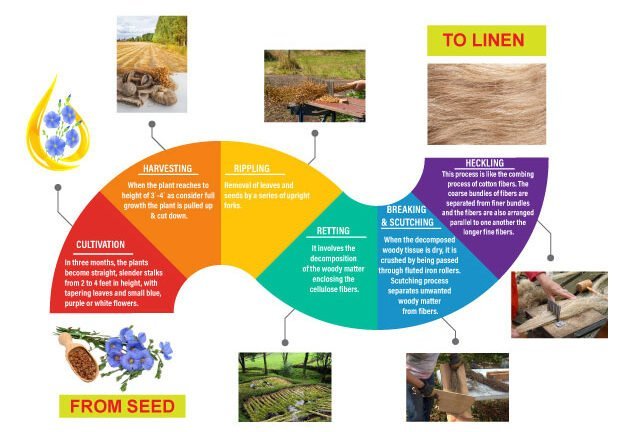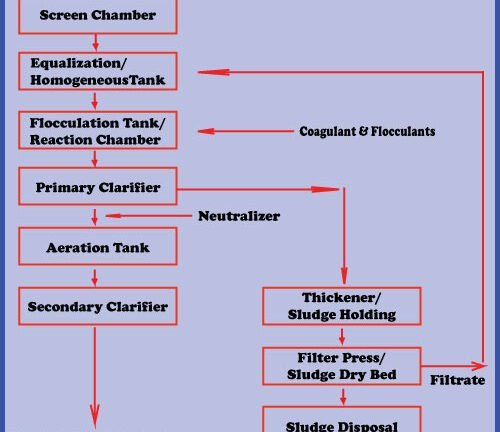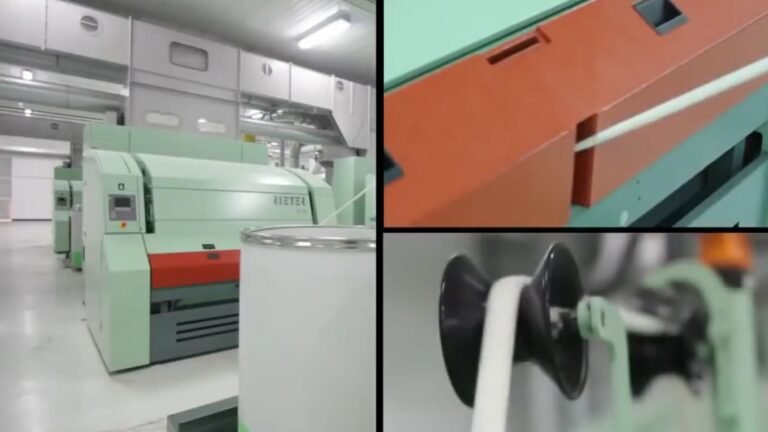Manufacturing Flowchart of Woolen Yarn
The simple term “wool”, according to government standards, must always mean new wool that has not been made up in any form of wool product. New wool comes directly from a fleece. It has never been previously spun, woven, felted, or worn. The term “virgin wool” is now used by the textile industry to designate […]






